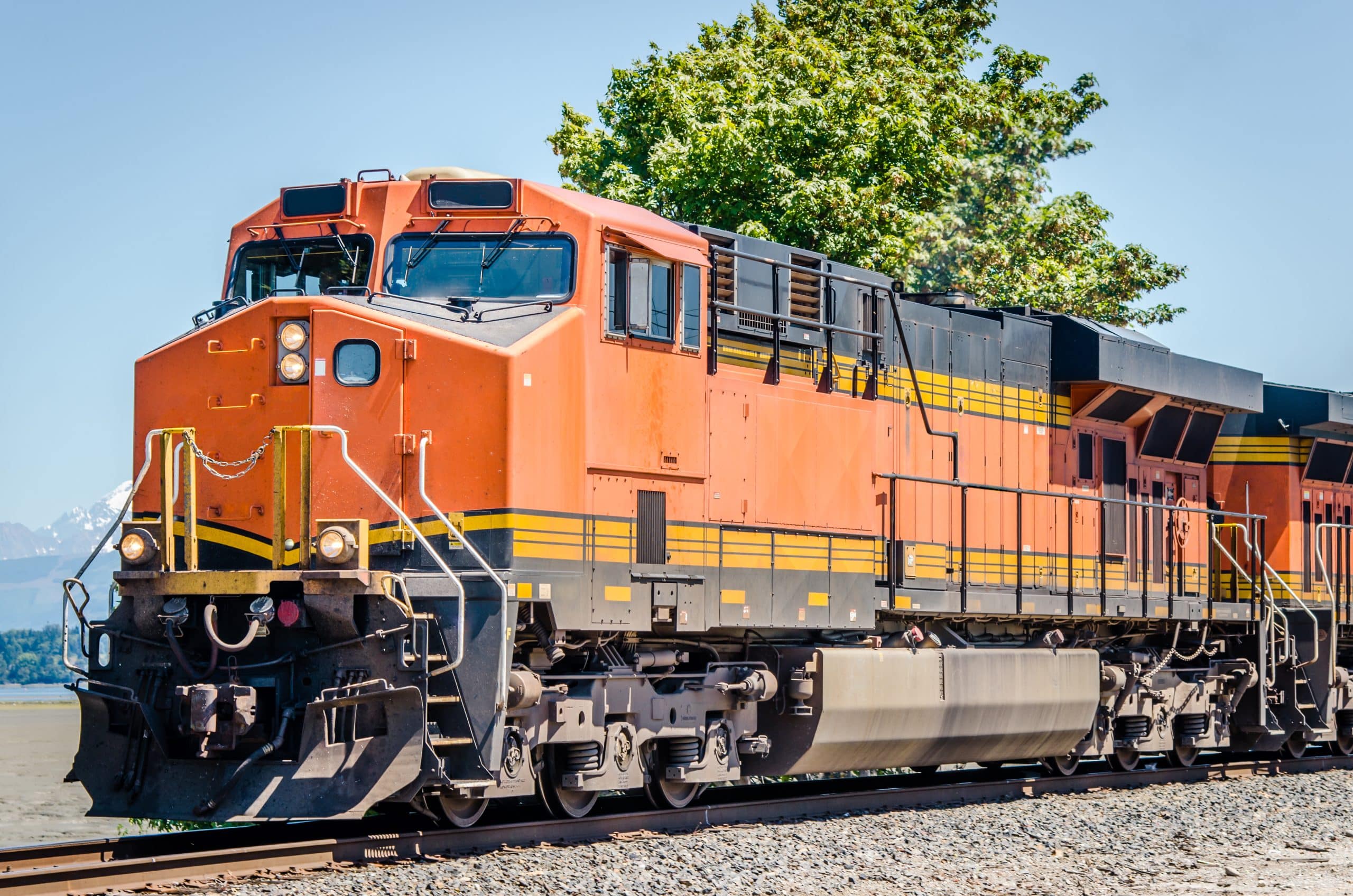
What Batteries Are Used In Locomotives?
Locomotives, the mighty steeds of steel that conquer extensive distances, serve as the fundamental support of the railway system. However, their formidable strength does not solely stem from thunderous diesel engines. Batteries, frequently the unsung champions, fulfill an essential function in their functioning.
While diesel maintains its dominance as the predominant means of propulsion, locomotive batteries play a crucial role in guaranteeing seamless operation by starting the engine.
Imagine your car lacking a starter motor – doesn’t make sense, right? Just as a car battery initiates the engine’s action, the locomotive battery delivers the initial surge of energy necessary to ignite the robust diesel engine.
This is particularly vital in frigid climatic circumstances, where engine oil becomes denser, rendering the cranking process more arduous.
Types of Batteries Used in Locomotives
Different locomotive battery types are utilized for locomotives in order to take advantage of their distinct benefits. Let’s take a look:
Lead-Acid Batteries
Lead-acid battery locomotives have maintained a strong presence in the industry for many years due to their reliability and affordability. Their uncomplicated design makes them a cost-effective choice, while their durability allows them to withstand the demanding conditions locomotives face, including intense vibrations and extreme temperature changes.
Lithium-Ion Batteries
On the other hand, Lithium-Ion Batteries have emerged as newer alternatives, boasting higher energy density that enables them to deliver more power despite their smaller size.
This leads to reduced locomotive weight and improved fuel efficiency. Additionally, lithium-ion batteries discharge at a slower rate, allowing them to hold their charge for longer periods of time and necessitating less frequent recharging. Moreover, they generally have a longer lifespan compared to the lead-acid battery.
Nickel-Metal Hydride (NiMH) Batteries
Another option for locomotives is Nickel-Metal Hydride (NiMH) Batteries, which provide a compromise between the two aforementioned types. Offering higher energy density when compared to lead-acid batteries, NiMH batteries present a more compact solution.
Furthermore, they are considered environmentally friendly as they do not contain lead, a toxic element commonly found in lead-acid batteries.
Functions of Batteries in Locomotives
The locomotive battery is not only pivotal for starting the diesel engine but also acts as a vital, yet often overlooked, energy storage system. It supports a wide array of critical functions, seamlessly supplying power to essential operations. This includes the operation of control systems, lighting, communication devices, and safety mechanisms. By ensuring a steady and reliable source of power, the locomotive battery underpins the seamless performance of these systems. Moreover, its capacity and voltage, typically measured in terms of locomotive battery voltage, are crucial for maintaining the operational integrity and efficiency of the locomotive’s electrical systems.
Providing Auxiliary Power
Despite the engine being operational, various systems depend on the energy provided by the battery.
These include:
- Illumination: Interior lights, headlights, and signal lights play a crucial role in secure operation both during daylight and nighttime.
- Control Systems: The intricate electronic control units of the locomotive, responsible for regulating speed and braking, necessitate a consistent supply of electricity.
- Passenger Comfort Systems: Battery power is essential for operating air conditioning, heating, and ventilation systems to ensure a comfortable journey for passengers.
Emergency Backup Systems
In the event of unexpected occurrences such as engine malfunction, batteries serve as crucial saviors, ensuring the operation of vital equipment:
- Supplying Power to Essential Equipment: Emergency lighting, communication systems, and safety mechanisms like fire alarms rely on battery energy to operate effectively.
- Facilitating Safe Navigations: In emergency situations, batteries can offer temporary power to relocate the locomotive to a secure area for necessary repairs, mitigating potential complications.
Battery Management Systems (BMS)
Battery Management Systems (BMS) have become crucial due to the increasing intricacy of battery technology, especially in lithium-ion systems.
- Battery Health Monitoring: The BMS functions as a vigilant protector, consistently overseeing elements such as voltage, temperature, and current movement. This guarantees that the battery operates within secure limits, thwarting any potential harm.
- Enhancing Performance: The system manages the charging and discharging cycles in order to optimize both battery longevity and effectiveness.
- Avoiding harm: The battery management system has the ability to identify possible problems such as overheating or excessive discharge and implement necessary measures to protect the battery.
Charging Systems for Locomotive Batteries
In order for batteries to fulfill their functions efficiently, it is crucial to ensure they are consistently maintained at a high level. Locomotives employ two primary techniques to recharge batteries, and this applies to diesel-electric locomotives as well:
Onboard Charging Systems
In terms of onboard charging systems, the diesel engine frequently serves as a power supply. It operates a generator that replenishes the locomotive batteries during locomotive use, guaranteeing their constant preparedness to deliver backup power or support auxiliary operations. To give an example, one locomotive battery that has caught the public’s attention is the loco battery charger.
External Charging Infrastructure
Locomotives have the option to connect to external charging stations at specified terminals or depots. This approach presents numerous benefits like:
- Enhanced Charging Efficiency: External stations offer a regulated and efficient charging procedure, particularly during extended periods when the locomotive is not in operation.
- Decreased Emissions: By eliminating the necessity of running the engine solely for battery charging purposes, this method promotes a more environmentally-friendly operation.
In summary,
Batteries have evolved from overlooked components to indispensable elements in locomotives, ensuring smooth operation, safety, and the promise of a greener future. This transformation is particularly relevant in the context of railway maintenance, where the reliability and efficiency of batteries directly influence the operational integrity and sustainability of railway systems.
In the progressive realm of technology, the railway industry’s commitment to a more environmentally friendly and efficient system will focus on the exploration of alternative battery compositions, the implementation of innovative charging techniques, and the adoption of hybrid powertrains.
These advancements are not just pivotal for enhancing locomotive performance but are also crucial for improving railway maintenance practices, thereby contributing to the overall sustainability and efficiency of the railway network.




